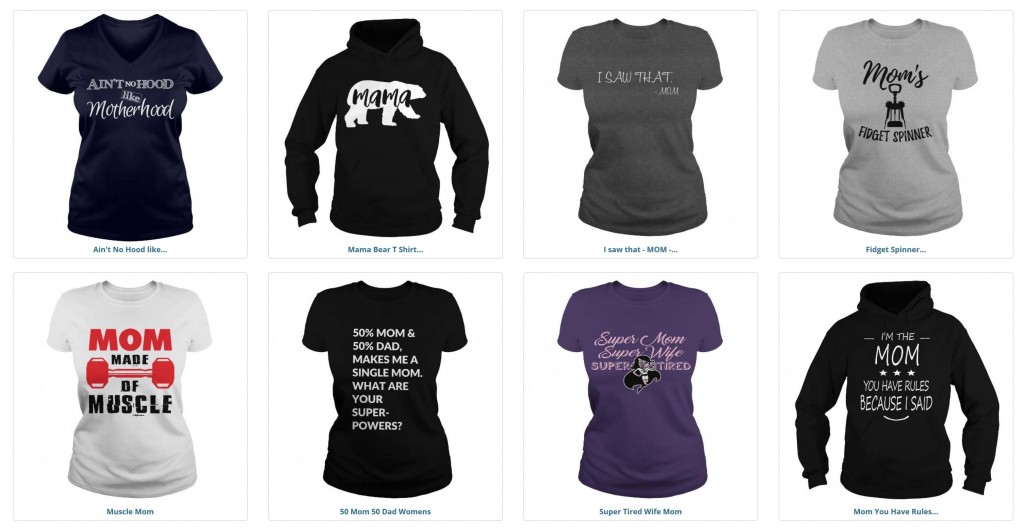Are Eco-Friendly Cleaning Products Really Eco-Friendly?
It seems that everyone wants to jump on the bandwagon of the newest craze to hit the country, especially if that craze is profitable. The eco-friendly market is no different. However, some manufacturers may be promoting their products as being good for the environment without their truly being eco-friendly. How can you tell if the products in the store are good for the environment, or if they’re just using the phraseology to make you think they are?
There are no standards to verify a product as “green” or earth-friendly. Some products on the market are listed as eco-safe, environmentally friendly, environmentally safe, green, or non-toxic. Any manufacturer can choose to use those labels. But do these “labels” really mean that the products are safe for the environment?
If you can’t tell if a product is environmentally safe just by reading the labels, how do you know if it is safe to use or not? Until there is some type of certification to very that a product is “green,” the consumer is responsible for evaluating the products they use and whether the products claims are true.
You can use household products like white vinegar, baking soda, and essential oils to make home recipes that would be very effective in cleaning your home. Be sure to label the homemade cleaners clearly and store them where children cannot reach them. Also, NEVER mix ammonia and chlorine bleach; the results are extremely toxic.
One product that has been used widely to disinfect modern homes is chlorine bleach. However, chlorine bleach has chemical compounds in it that should not be used in the home, and are extremely toxic. If you need an alternative for chlorine bleach, try hydrogen peroxide bleach, leaving it on the surface to be cleaned for a minimum of ten minutes. Wiping it up any sooner will not kill the germs.
What if you need another cleaner? Throw your support behind companies that list each and every ingredient in their product. Two such companies are Ecover and Seventh Generation. Although they are not required by law to list all of their ingredients, they are proving that the product is safe by doing so.
Choose a product that specifies how long it takes for them to decompose in nature. Being labeled “biodegradable” doesn’t necessarily mean that you should choose this product. Use a product that specifies that it will biodegrade completely in XX number of days. You will know that after that time, the product will no longer affect the environment.
Here are some labels that you should avoid: Corrosive, chlorine bleach, ammonia, phosphates, and petroleum products. You will also want to avoid products that have artificial fragrances and those made with animal by-products. All of these labels indicate that the product is harmful, not only to the environment but also to your family.
Finally, if you’re not 100% sure about a product, you can always call the toll-free telephone number on the product. Ask them questions about the ingredients. Request as much specific information about it as you can. And, if the manufacturer refuses to answer your questions, you might consider finding another product.
Finding truly economic-friendly products that are safe and effective for cleaning your home is not impossible. It takes a little time reading labels but the time is worth it. The only other option would be to make your own.


